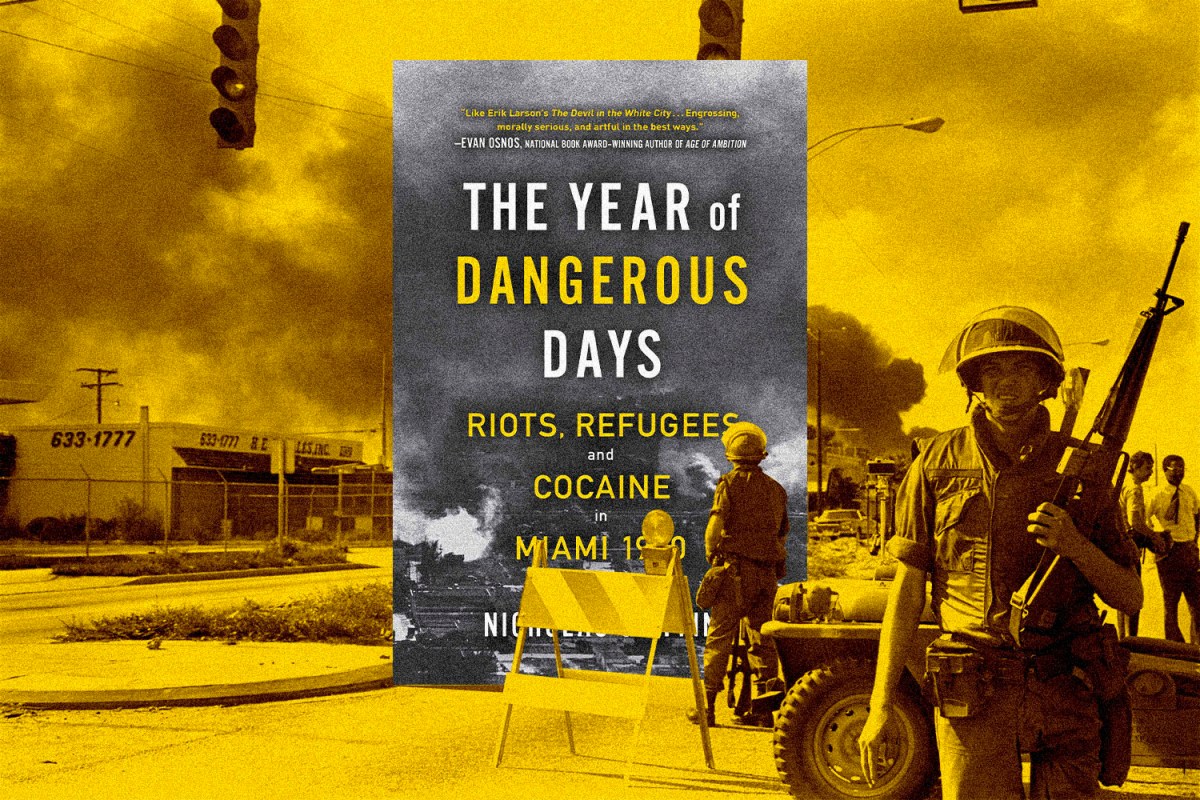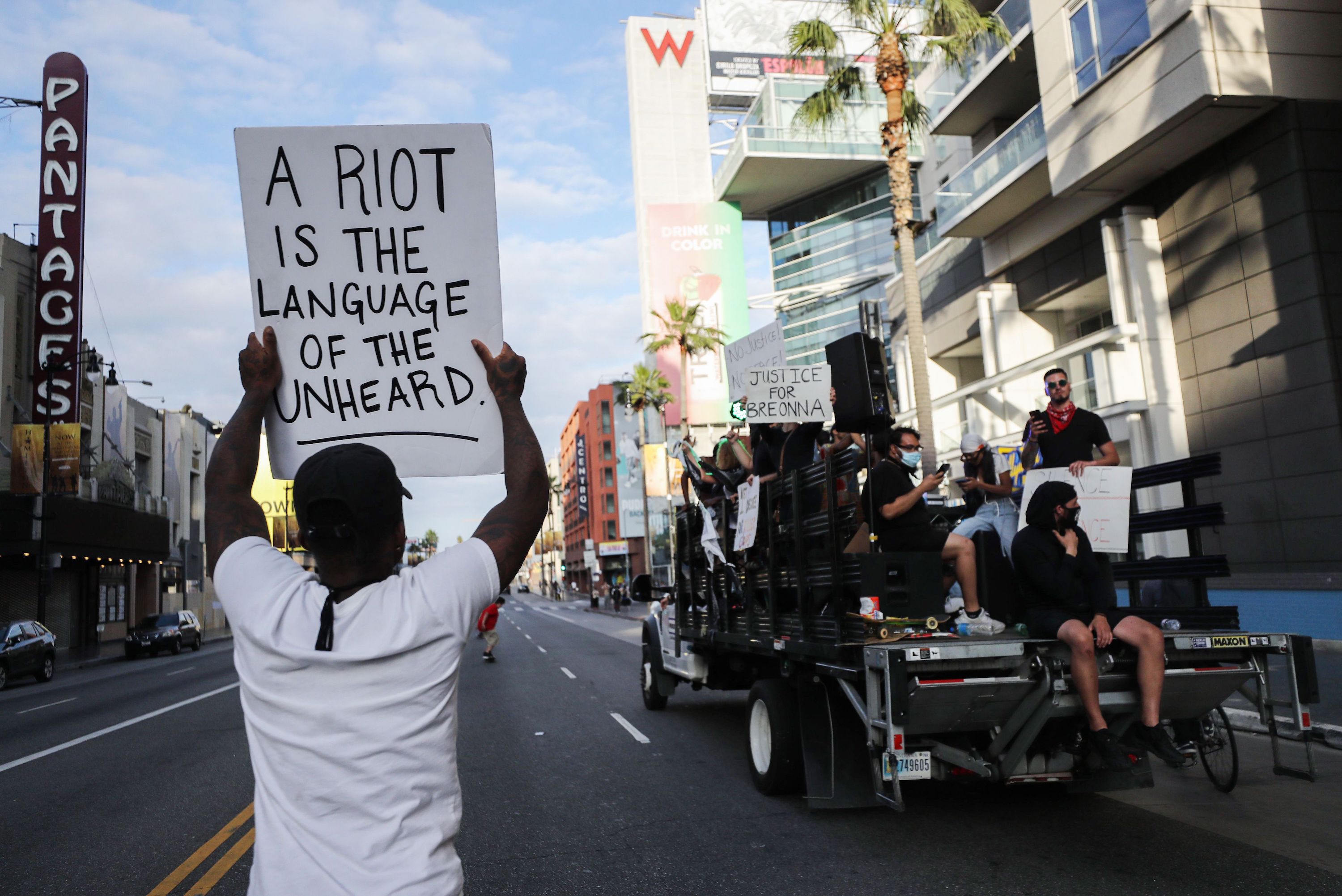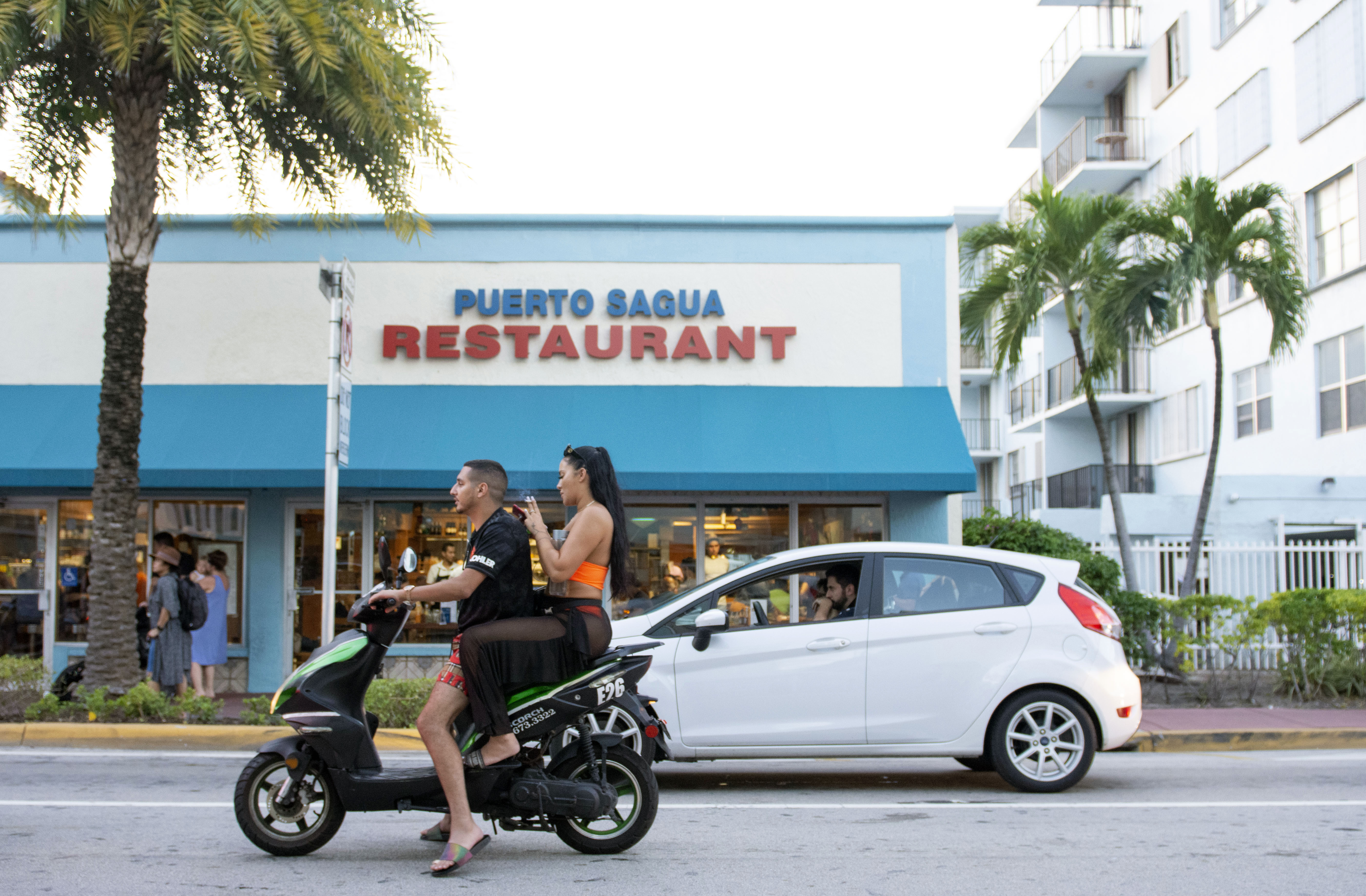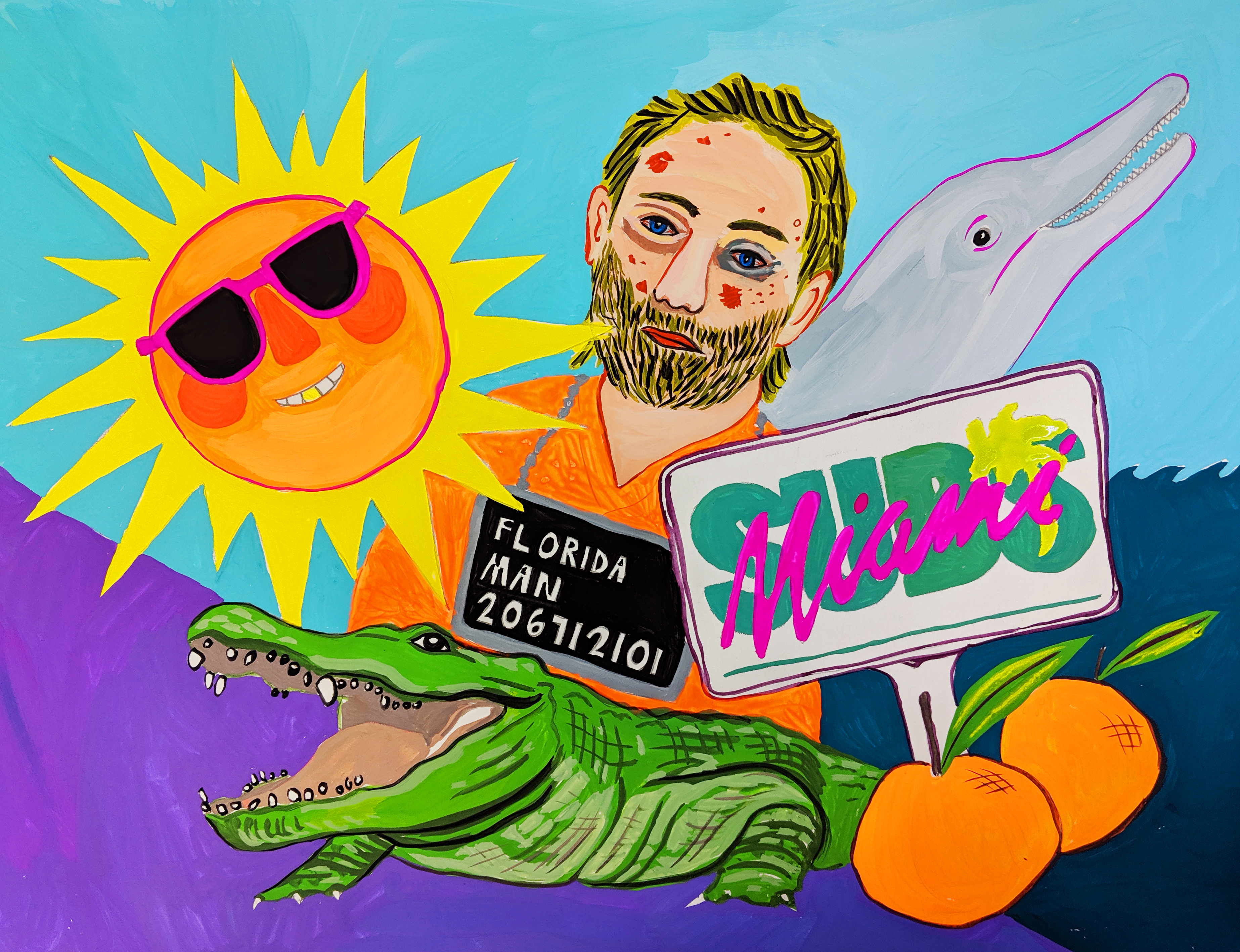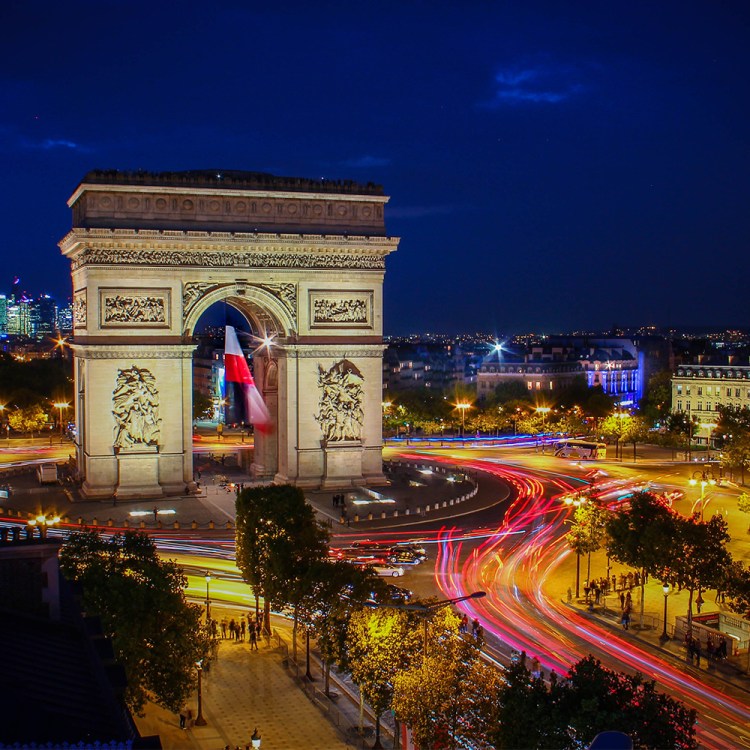No city welcomes late-night driving without a destination quite like Miami. There’s still plenty of mystery and danger if you don’t know where you’re going, a kind of modern noir feel soaked in bright lights and dotted with architecture from the previous century. The Art Deco District, the midcentury motels up and down Biscayne Blvd., the little spots serving Café Cubano 24-7 to keep you going, the different languages (from Spanish to Haitian Creole to Hebrew and German and pretty much every other tongue from nearly every other continent), the beaches, the parties: Miami is a vibe, and one deserving of exploration. Norman Mailer called it “a modest burg they called a city, nine-tenths a jungle”; it’s an entirely different place from the several hours of Florida you have to drive through to get there. You might not understand the Sunshine State, but Miami, after you spend a little time in it, makes sense.
In Miami, you never have to go far down the 305 to put yourself in the middle of a precarious or seedy situation. Sure, Wynwood might not look much like it did in its days as “Little San Juan,” with the buildings artfully spray-painted over and trendy shops like Shinola and Warby Parker now taking up residence, but it’s still Miami. I’ve been going down there my entire life, and that old familiar feel always remains. I can’t really say that about other cities I’ve visited since I was young. The place I remember was neon colored, its Holocaust survivors still playing dominoes with their Cuban refugee neighbors, Wolfie Cohen’s Rascal House and other remnants of the glory days still visible. Miami was paradise, as far as I was concerned.
This was the 1980s, and I was obviously a little too young to tell this wasn’t totally the case. I caught glimpses of Miami Vice from time to time on television, saw the newspaper or magazine headlines and heard my family talk about how parts of the city were plagued by violence, but none of it really made much sense to me. As I grew up up, I learned to parse reality from fiction, immersing myself in books by Elmore Leonard and revisiting Michael Mann’s gritty NBC crime drama, along with countless viewings of Brian De Palma’s masterpiece, Scarface. I eventually moved to Miami in the early aughts, and it wasn’t difficult to see how the place inspired the Manns and Leonards, but those were all stories for the sake of entertainment.
Or were they?
In the case of Scarface, at least, there is the connection to the Mariel boatlift, when Fidel Castro let countless Cubans seek asylum by piling into boats and heading for Florida, including violent criminals and patients from mental health facilities. As Nicholas Griffin tells it in his sprawling new history of that time, The Year of Dangerous Days: Riots, Refugees and Cocaine in Miami 1980, the news of the boats carrying refugees didn’t even make the local papers until they showed up in Key West. According to Cuban radio, “on the morning of April 21, two Florida-based vessels left the port of Mariel with 48 antisocial elements abroad.” In De Palma’s film, Al Pacino’s Tony Montana makes his way to America that way before starting his empire atop a mountain of cocaine. As the crawl text that starts the film tells us, “By the time the port was closed 125,000 ‘Marielitos’ had landed in Florida. An estimated 25,000 had criminal records.” In the real version of this event, Cuban radio also noted that the United States was a “good place” for those “antisocial elements.”
The Mariel boatlift situation arrives around the 75-page mark of Griffin’s book, smack in the middle of the title’s promise of an entire year when Miami was nearly at a breaking point. There are drugs and refugees, but there’s also the acquittal of four Dade County police officers in the death of Arthur McDuffie, a Black man who died from injuries sustained in an encounter with the officers after a high-speed chase. The news of the verdict and the feel that the “thin blue line” helped cover up what really happened to McDuffie set off the deadliest riots America had seen since the 1960s. Griffin’s book is gripping, but, unfortunately, it’s also very timely. “Anger had to be displayed — a belief that was shared by the black lawyers, black teachers, and ample ranks of the unemployed,” he writes about riots that took place 40 years ago. The rioters saw the trial as “the time for justice, and that, once again, justice was not for them.”
There’s something I got from reading Griffin’s book that I didn’t get from a recent rewatch of Scarface, because it’s that thing you can only get reading a book at just the right time: the sense that a bygone time in place — in this case, Miami 40 years ago — could so uncannily resemble all of America today. There’s no Hollywood sheen on The Year of Dangerous Days, even with its back-page comparison to The Wire, something that also feels like an accurate point of reference and not just smart copy to push books. “The only shift in the summer of 1980,” Griffin writes, “seemed to have been psychological.” I hovered over that line for a few minutes, then went searching for a picture, me as a baby, a year later. I’m wrapped in a towel sitting by a pool in Miami Beach. It was impossible for me to understand how bad things were in the very place I was sitting. Yet in 2020, I recognize it. The next line in the book — “The city had become more divided, defensive, and openly paranoid” — feels all too familiar in the current set of dangerous days.
On its own, Griffin’s ability to spin all the events of a single year in a single place should stand out as an achievement. And while some confusion arises as he weaves together all the stories and characters into one unified whole, it ultimately all comes together. The result is fascinating — rarely do history books feel so timely upon release. The Year of Dangerous Days is a gripping read, with plenty of characters and no shortage of crazy stories. In one scene, Miami Herald reporter Janet Fix, looking to report on the boats coming from Cuba, “jumped a fence into a military base, flagged down a passing yacht, and made it to the naval dock in time to witness some of the very first refugees from Mariel arriving on a shrimp boat.” And while instances like that one might seem impossible in this time of advanced surveillance, Miami in 1980 — “the bastard child of the south,” as Griffin puts it — still feels like all of America in 2020.
This article was featured in the InsideHook newsletter. Sign up now.
